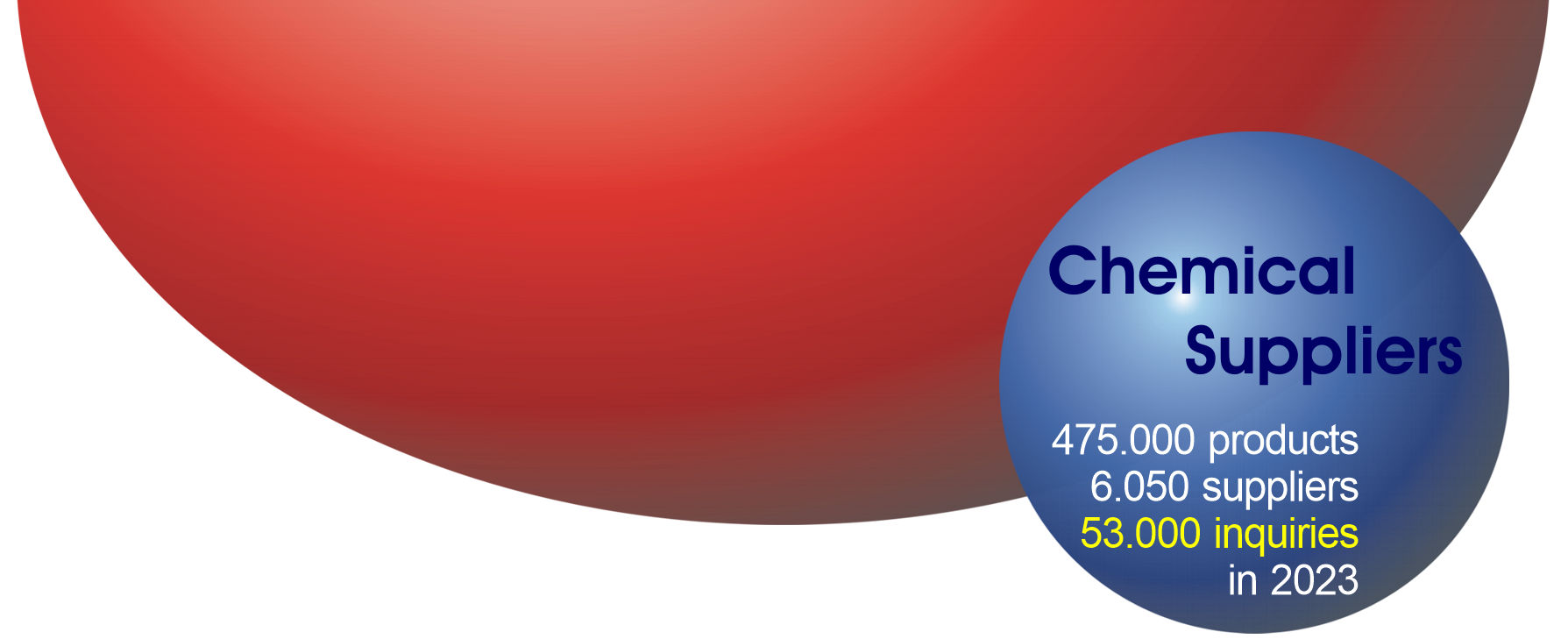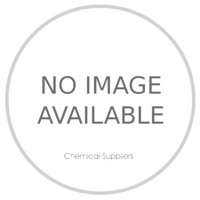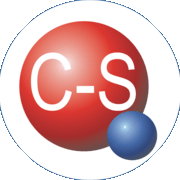x
Hazard Statements

GHS03
Harmful
- Acute toxicity (oral, dermal, inhalation), category 4
- Skin irritation, categories 2, 3
- Eye irritation, category 2A
- Skin sensitization, category 1
- Specific target organ toxicity following single exposure, category 3
- Respiratory tract irritation
- Narcotic effects
Not used
- with the "skull and crossbones" pictogram
- for skin or eye irritation if:
- the "corrosion" pictogram also appears
- the "health hazard" pictogram is used to indicate respiratory sensitization

GHS08
Health hazard
- Respiratory sensitization, category 1
- Germ cell mutagenicity, categories 1A, 1B, 2
- Carcinogenicity, categories 1A, 1B, 2
- Reproductive toxicity, categories 1A, 1B, 2
- Specific target organ toxicity following single exposure, categories 1, 2
- Specific target organ toxicity following repeated exposure, categories 1, 2
- Aspiration hazard, categories 1, 2

GHS09
Environmental hazard
- Acute hazards to the aquatic environment, category 1
- Chronic hazards to the aquatic environment, categories 1, 2
- Environmental toxicity, categories 1, 2
Safety & Transport Information
When heated to decomposition it emits toxic fumes of Pb. Used in paints, electrode position process in the automotive industry, as a heating stabilizer. See also LEAD COMPOUNDS.
Risk Codes:
R20/22 - Harmful by inhalation and if swallowed
R33 - Danger of cumulative effects
R50/53 - Very toxic to aquatic organisms, may cause long-term adverse effects in the aquatic environment
R61 - May cause harm to the unborn child
R62 - Possible risk of impaired fertility
Hazard Symbols:
Toxic material. TLV: 0.15 mg(Pb)/m3.
x
Alternative Distributors of [Lead monosilicate]
Producers or manufacturers change the product range from time to time.
The following companies
have appeared as suppliers in the past / currently not verified
Gelest, Inc. | ABCR GmbH & Co. KG | BOC Sciences







 Chemical-Suppliers.eu
Chemical-Suppliers.eu